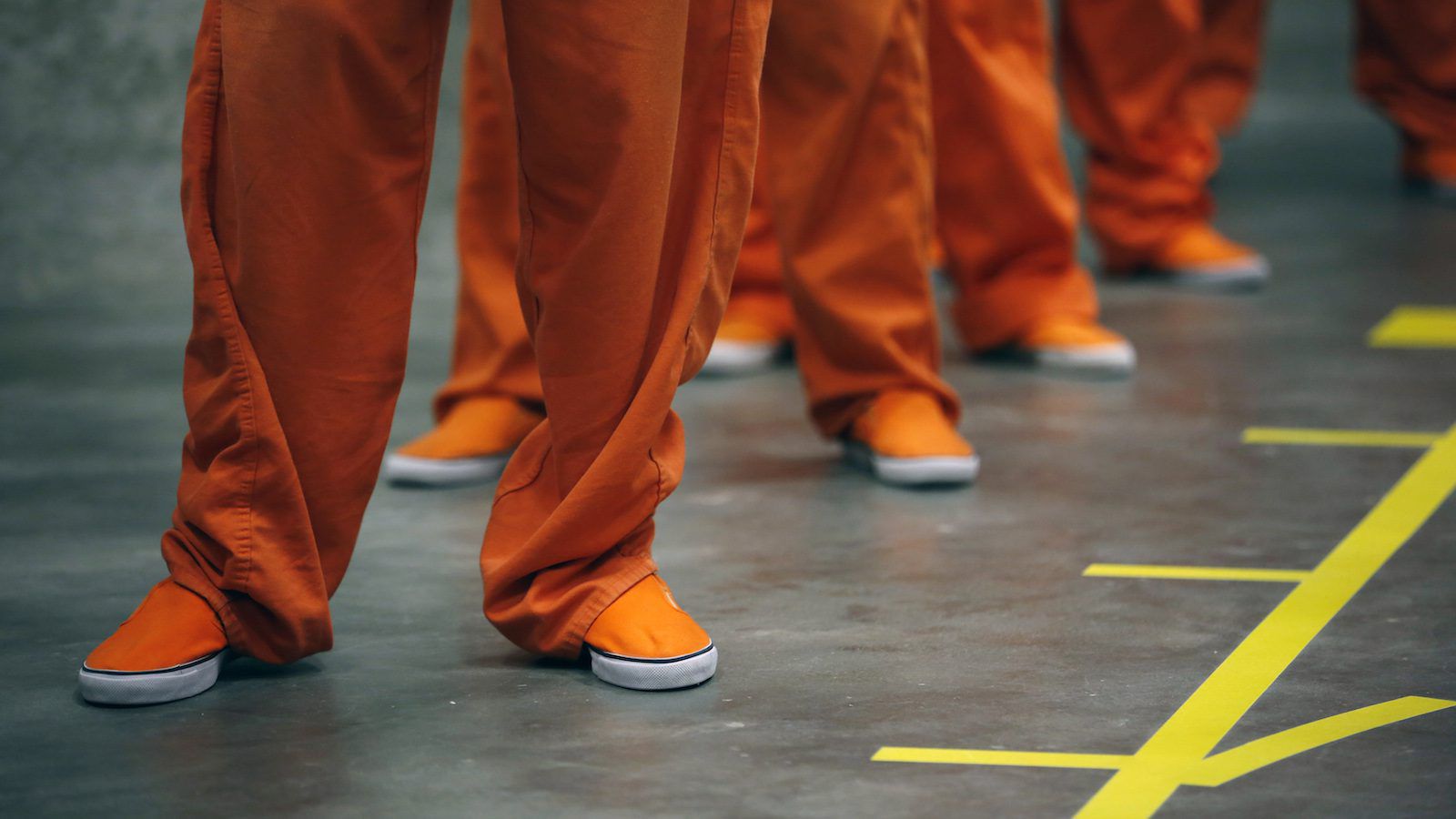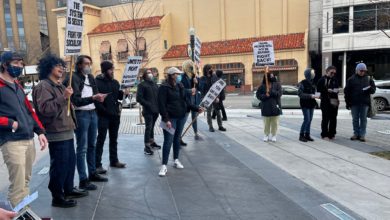In yet another indictment of the barbaric U.S. prison system, Idaho inmates are suing the Idaho Department of Correction in a federal court after
prison officials repeatedly violated a settlement plan to improve the inhumane conditions at the state’s oldest prison.
Since 1981, inmates at the Idaho State Correctional Institution (ISCI) south of Boise have brought forward thousands of complaints about the dismal conditions they face, from overcrowding and excessive violence to falsification of records and egregious lapses of medical care.
The sheer number of these claims became the basis for a three-decade-old class action lawsuit. After three decades of non-compliance by ISCI with court orders, the latest settlement plan reached a few years ago agreed that the state would finally make improvements to ISCI’s abysmal medical care, and that these changes would be overseen by the court.
Since then, inmates have identified over 100 violations of the agreement and are now suing the state for being in contempt of court.
According to their filings, several prisoners were forced to undergo amputations because of rotting blisters and bedsores. One inmate died of sepsis after developing a flesh-eating infection due to untreated pneumonia, and another inmate was forced to clean his own open intestinal wound with paper towels and tap water. At one point, a doctor whose medical license was restricted because of sexual abuse and incompetence was allowed to work at the facility, only to be moved temporarily to another facility when prisoners complained.
Despite being aware of this shocking and subhuman treatment, the prison’s health care contractor reported being 100 percent compliant with state health care requirements. This duplicitous behavior follows a years-long pattern of management falsifying records and seeking to cover up for neglect and poor treatment of inmates.
The Idaho prison system, which up until 2013 was largely run by notorious for-profit prison contractor CCA, has had over three decades to invest adequate money to address the institutional violation of inmate’s rights. That so many horrific complaints have been brought forward without a serious response is testament to how little these officials truly care about prisoners’ health and safety, or “rehabilitation.”
Can we fine prisons into compliance?
Liberal prison reformers sometimes argue that prisons will improve when their bottom lines are impacted. By battling states and prison contractors in the courts, inmates and their legal representatives occasionally win cases and levy significant fines on prisons. These cases act as a
deterrent, so the argument goes, encouraging prison officials to get their acts together and spend more money to improve conditions at their facilities.
However, the reality is that the ubiquitous for-profit prison management companies simply see fines as a “normal part of doing business.” For example, in 2015, giant for-profit prison corporation CCA was able to reassure its shareholders that it faced only $4.2 million in liabilities related to lawsuits, while reporting more than $221 million in profit. For huge corporations like CCA or the GEO Group, which set aside plenty of reserve funds for such legal “inconveniences” as inmates’ lawsuits, the occasional fine is like a mosquito bite.
And for the Idaho Department of Corrections, will hitting their budget with fines be enough to motivate them to treat incarcerated people as human beings? The answer is likely, no.
Mass incarceration in the United States is not fundamentally about profitability for the capitalist class. Mass incarceration developed, and is principally driven by the need of the capitalist class to exercise social control over segments of the working class that have become “surplus” to the contemporary production process.
The hi-tech revolution that began in the 1970s led to the unplanned introduction of computerization into the capitalist production process, eliminating millions of jobs. Capitalist globalization (neo-liberalism) and “out-sourcing” eliminated millions more. Mass incarceration developed in tandem with this great economic restructuring of the U.S. economy which threw millions upon millions of workers out of work, never to be reintegrated.
This is the basis for the Democratic and Republican mass-incarceration consensus, whereby they joined forces against poor and unemployed people, making policies more punitive and causing prison populations to skyrocket to what they are today.
Because mass incarceration is not mainly a profit-making enterprise, but a method of social control, capitalists’ overall investment in it is not conditional on whether or not there is a “return” on the investment. From the standpoint of the capitalist class writ large, management of a potentially rebellious “surplus” workforce is a “cost of doing business.”
This is why endless supplies of money always appear to be available for prison expansion; meanwhile no money ever seems to be available for the “rehabilitation” part, or the things that actually benefit a person once they’ve been incarcerated and later released.
Fines levied against the state of Idaho for its nightmarish abuse of inmates will hopefully lead to some reforms, but they won’t reverse the larger trends.
With 2.2 million people in U.S. prisons – almost a quarter of all imprisoned around the world – the “criminal injustice system” is truly a structural feature of the U.S. capitalist economy. For it to be dismantled, we need nothing sort of a revolution which will put an end to unemployment, an end to mass incarceration, and an end to the repression of the working class. We need a new system, a socialist system, which places the health and well-being of people and society first above all.





